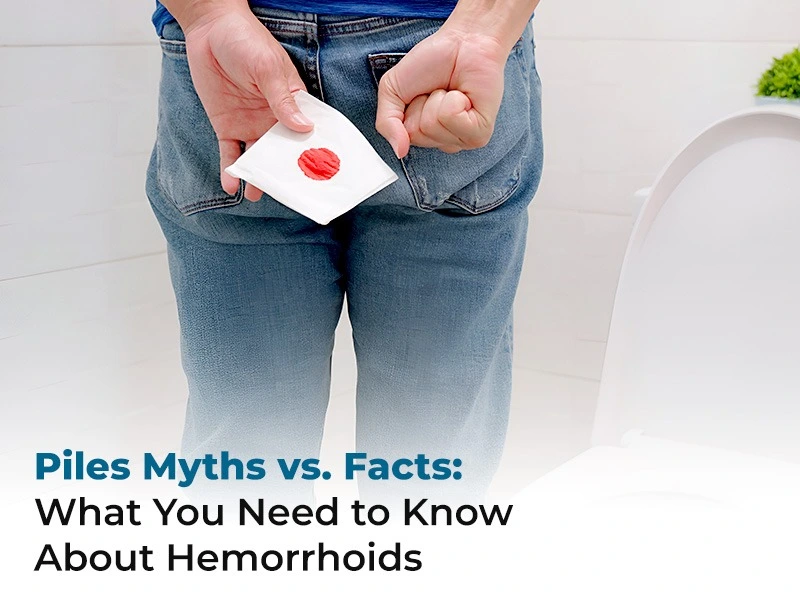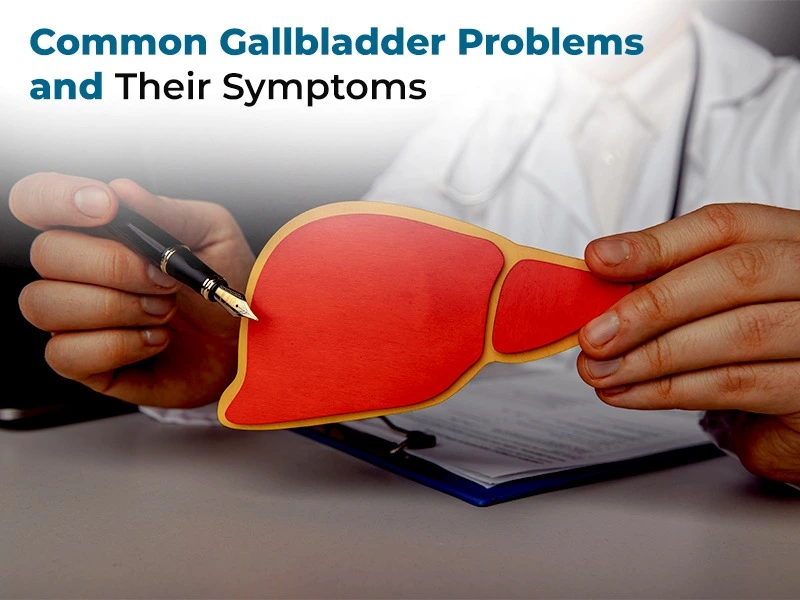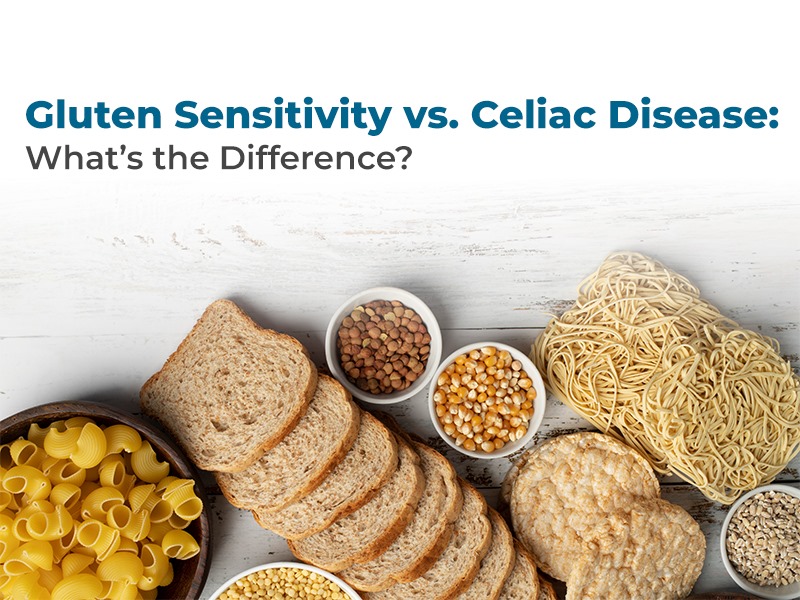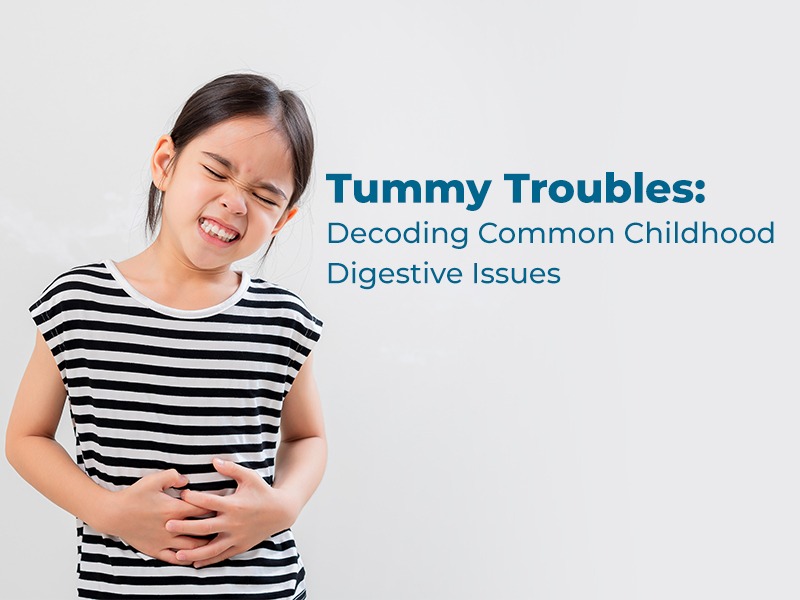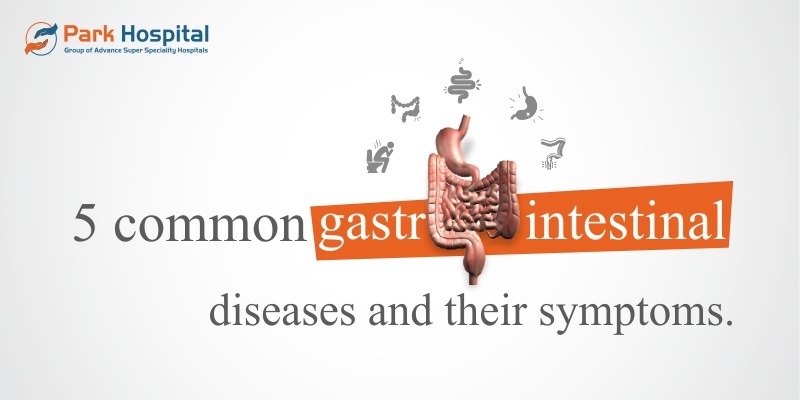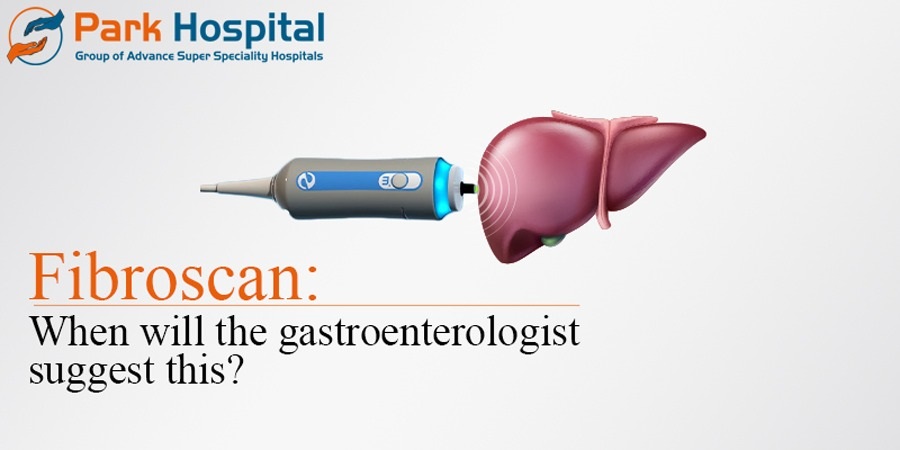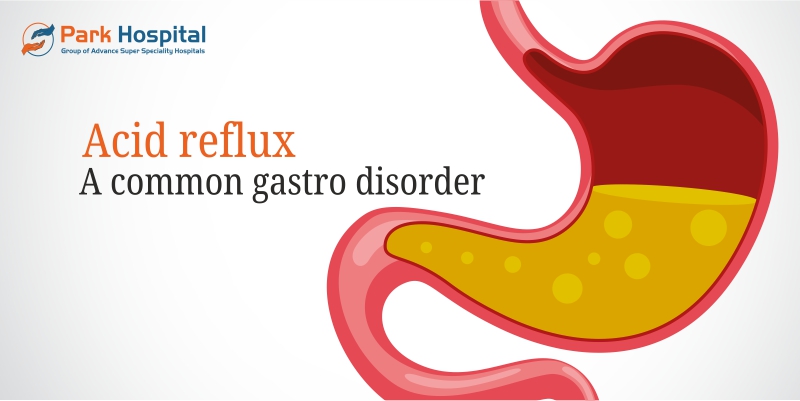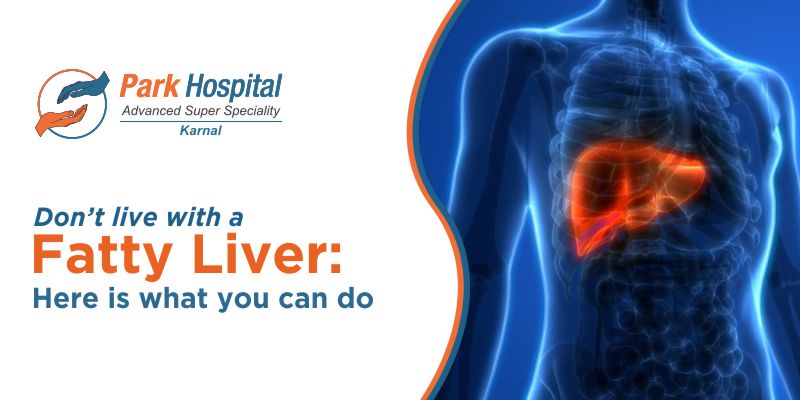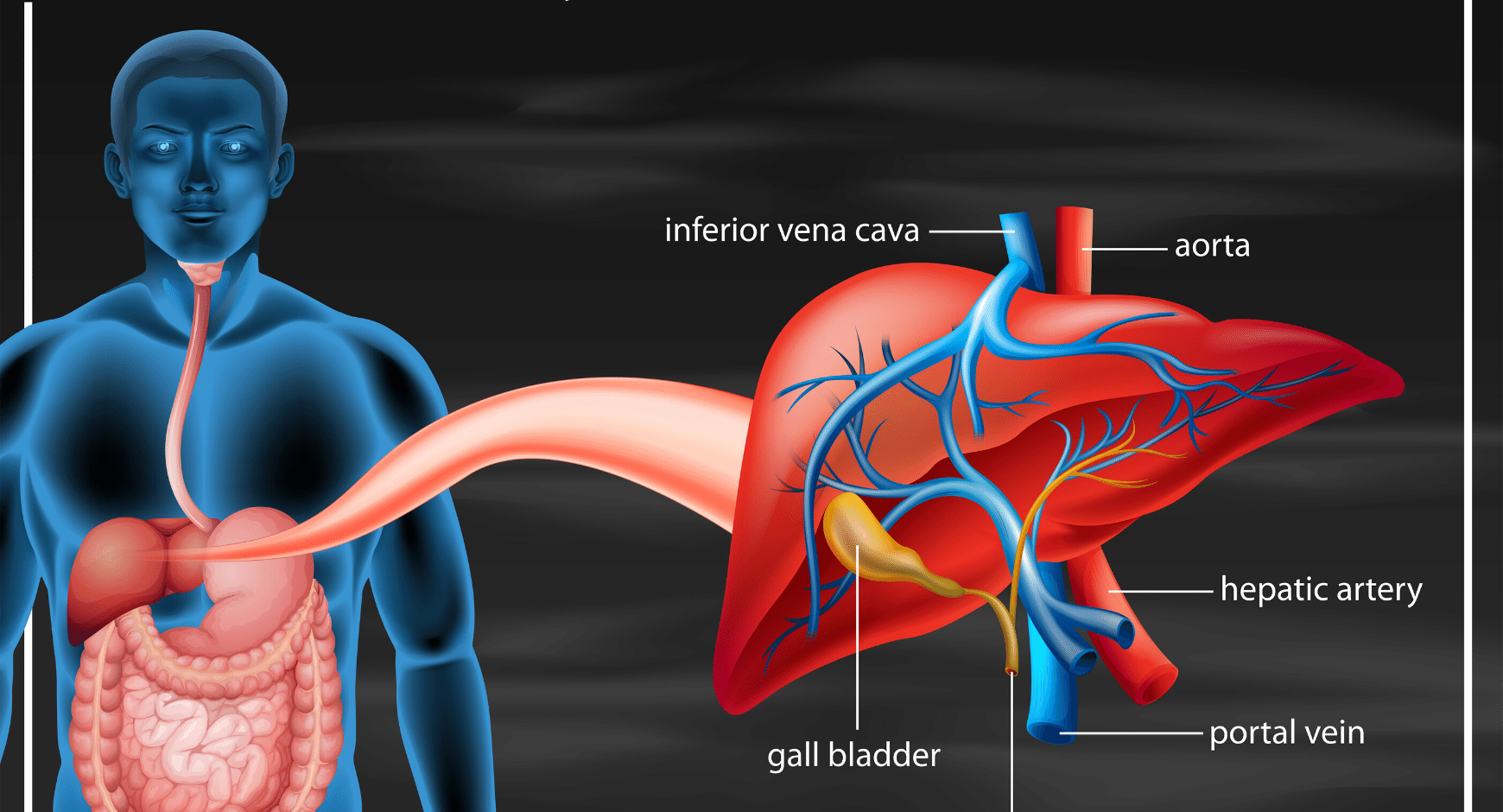Your gut is home to more than 100 trillion microorganisms, many of which are essential for your health. Studies show that about 70% of your immune cells live in your gut, and microbes train them to fight germs. But modern diets high in sugar, stress, and frequent antibiotic use can upset this balance leading digestive issues, low immunity, and even mood changes. This is where probiotics and prebiotics come in. They both sound similar, yet they play diverse roles in supporting overall gut health.
Probiotics are “good” bacteria that help restore balance, whereas prebiotics are special fibers that feed these friendly microbes. Together, they support digestion, nutrient absorption, and protection against harmful bacteria. Research also links a healthy gut to improved mental health and reduced inflammation. So, read on to learn more about prebiotics and probiotics and their major food sources.
What Happens When The Gut Biome Is Out Of Balance?
When gut bacteria fall out of balance, the condition is known as dysbiosis. In this situation, bad microbes start growing and beneficial ones drop. This can cause problems such as:
Gas,
Diarrhea,
Constipation,
Leaky-gut inflammation,
Weaken immunity
Higher chances of infections,
Inflammatory bowel disease (IBS),
Obesity and
In some cases, diabetes,
Disturb the gut-brain axis, which fuels fatigue, anxiety, and depression.
Certain allergies and skin flare-ups.
Benefits of Prebiotics and Probiotics
A healthy gut needs both probiotics (good bacteria) and prebiotics (the food they eat). Together, they improve digestion, immunity, and overall well-being. Some additional benefits of these are summarized in the table below:
Do You Know: According to a study, taking probiotics along with antibiotics may reduce the risk of Clostridium difficile infection (CDI) and prevent antibiotic-associated diarrhea.
What Are Good Sources Of Prebiotics And Probiotics?
You can improve your gut health organically with wholesome foods before you rush to the pharmacy for a bottle of probiotic or prebiotic medications. Some of the top probiotic and prebiotic-rich foods suggested by the best gastro doctor in Delhi are listed below:
Probiotic Foods List with their Amounts
Prebiotic Foods List with their Amounts
Add Probiotics & Prebiotics To Your Diet and Improve Gut Health!
The first step towards improved gut health is understanding the difference between probiotics and prebiotics. They improve immunity, aid in digestion, maintain the microbiota in balance, and even have an effect on mental health. You may enhance your overall health by incorporating these superfoods into your everyday diet. However, if you're taking supplements, make sure they meet your specific needs.
Get advice from our best gastroenterologist in Mohali at Park Hospitals before beginning any supplements. You can reach out to our expert team at one of the top gastroenterology hospitals. They will work with you to develop a healthy dietary plan. Make an online appointment today!
Also visit: Gastroenterology hospital
FAQs
1. What is the difference between probiotics and prebiotics?
Probiotics are living bacteria that support or enhance the gut's normal microbiota. Whereas, prebiotics serve as food for this microbiota.
2. How do probiotics and prebiotics benefit gut health?
Probiotics and prebiotics together improve digestion, nutrient absorption, and immunity. They also prevent harmful bacteria from multiplying in your gut.
3. What are some natural sources of probiotics and prebiotics?
Prebiotics are frequently present in foods high in fiber, such as fruits, vegetables, and whole grains. Probiotics are mostly found in fermented foods like sauerkraut, tempeh, and yoghurt.
4. Can I take probiotics and prebiotics together?
Yes. For effective digestion and a healthy gut biome, we require both in the right amounts. Therefore, you should focus on including a lot of both in your diet.
5. Who should avoid taking probiotics?
People with severely weakened immune systems or critical illnesses should avoid probiotics unless advised by a doctor, as they may risk infections from live bacteria.










